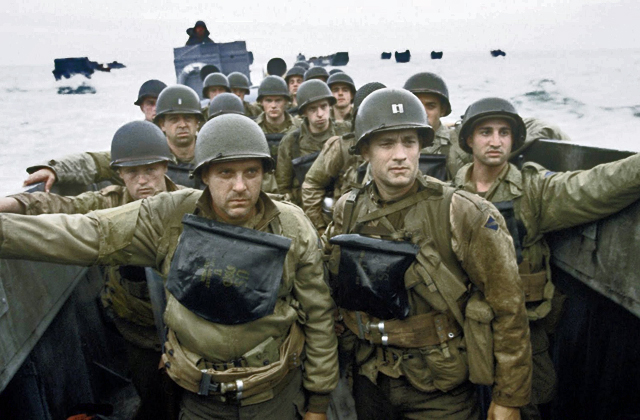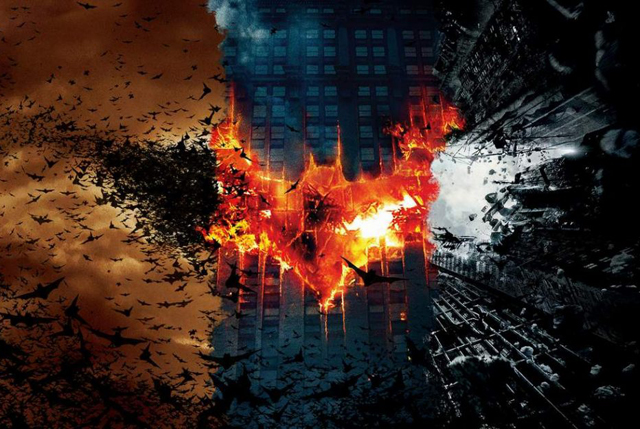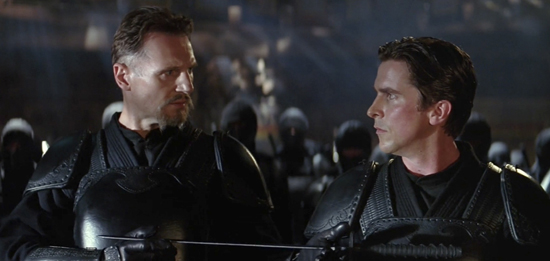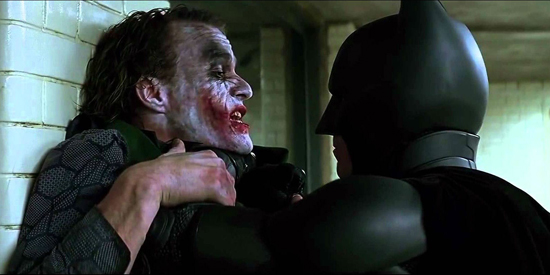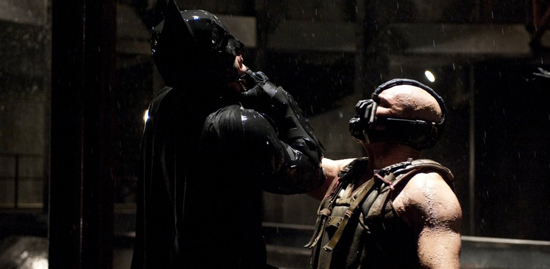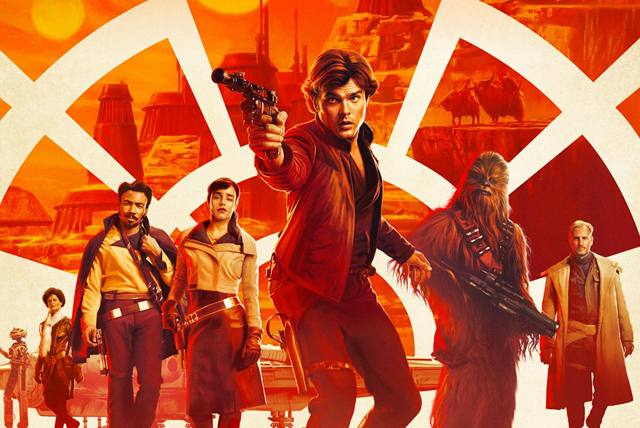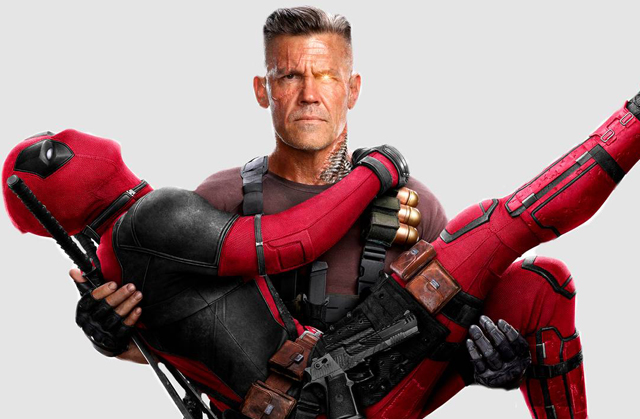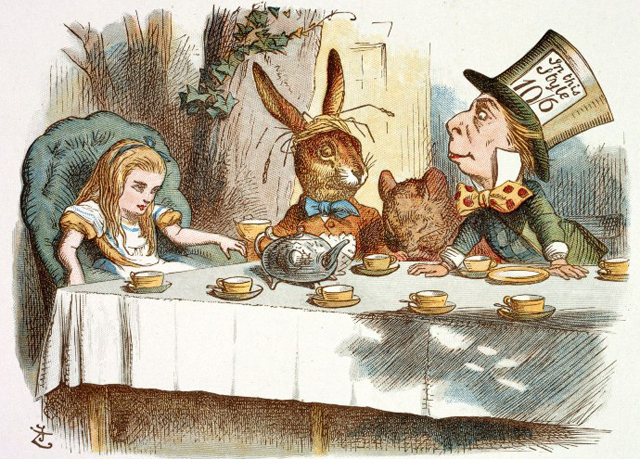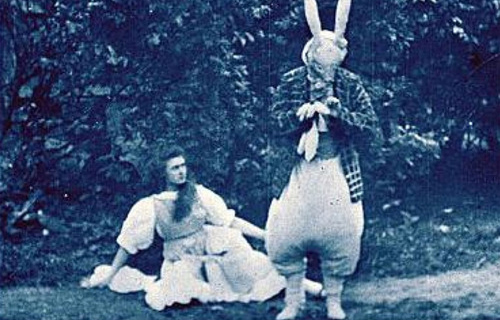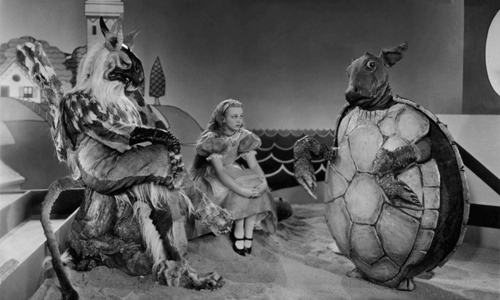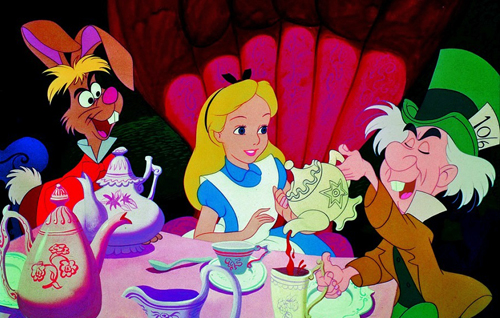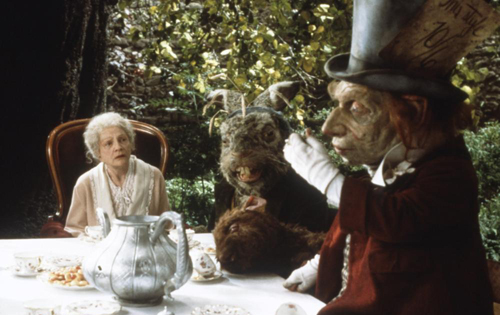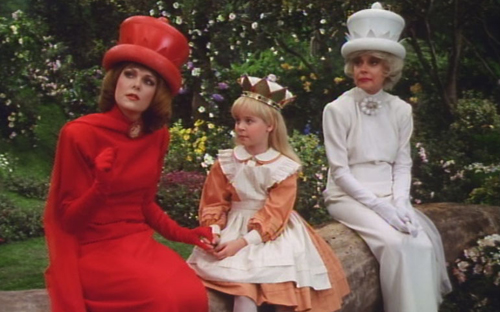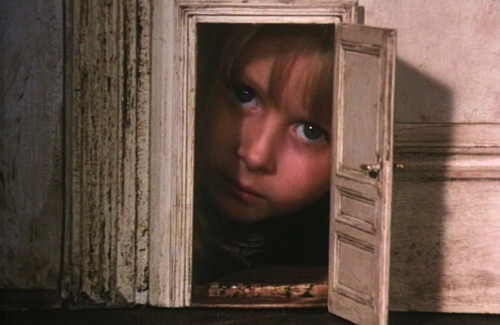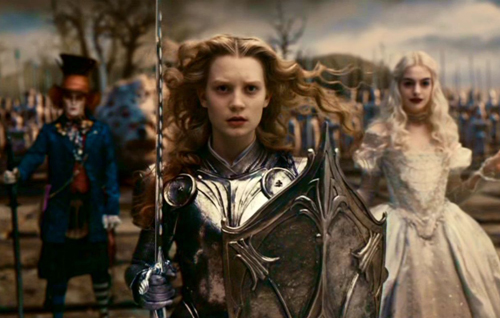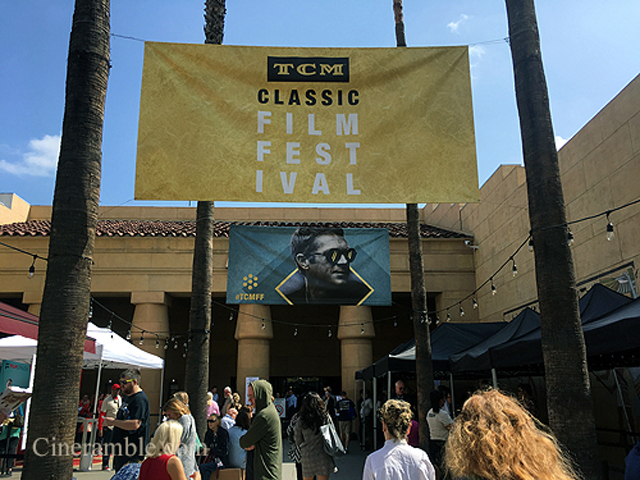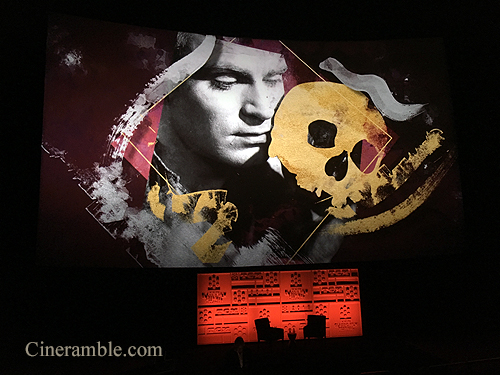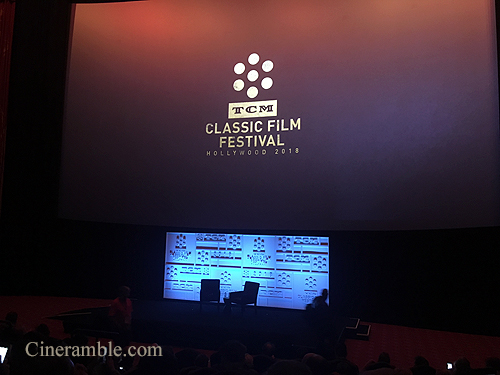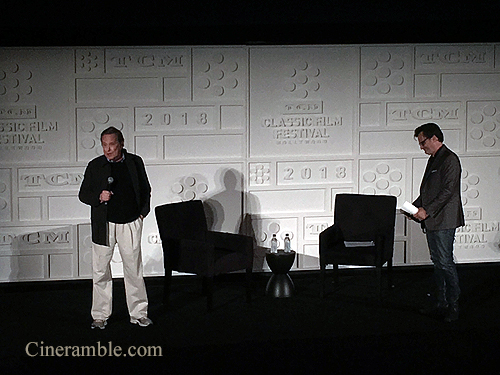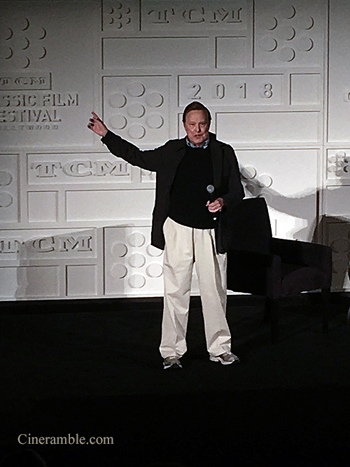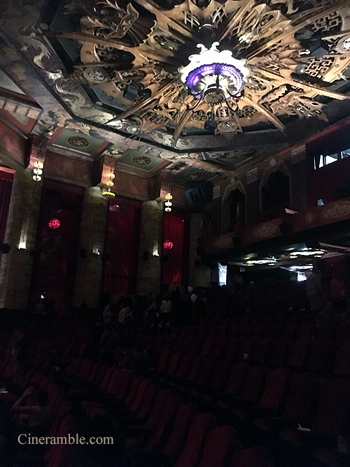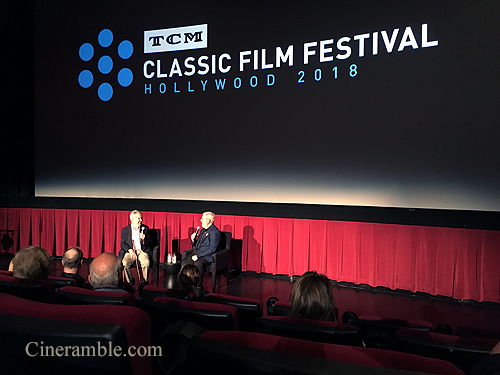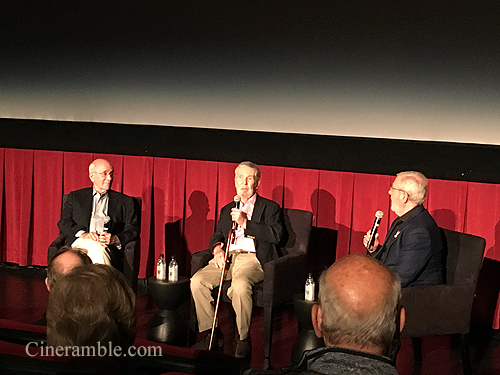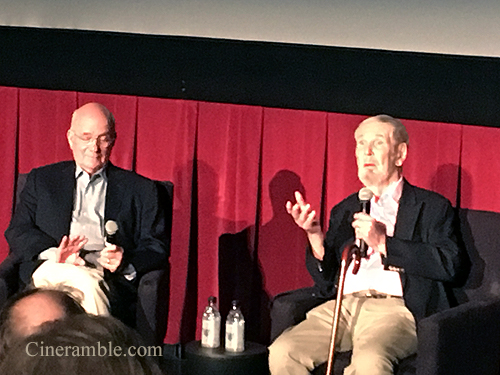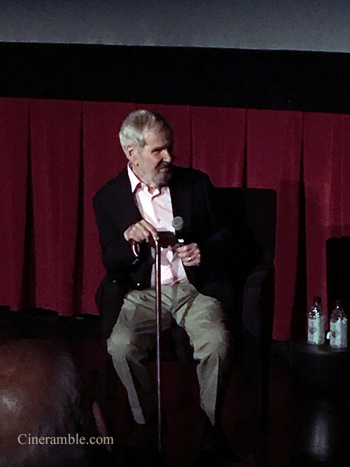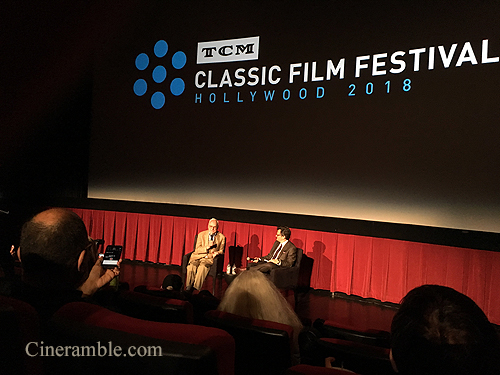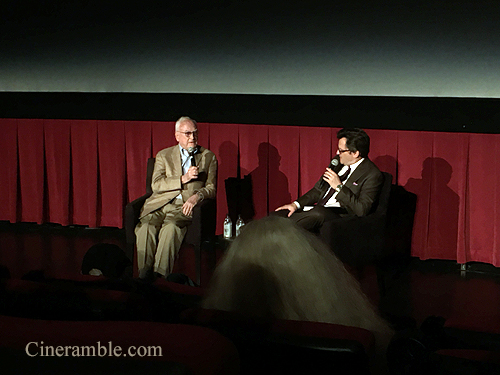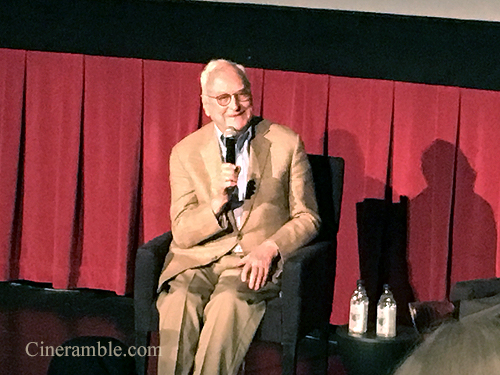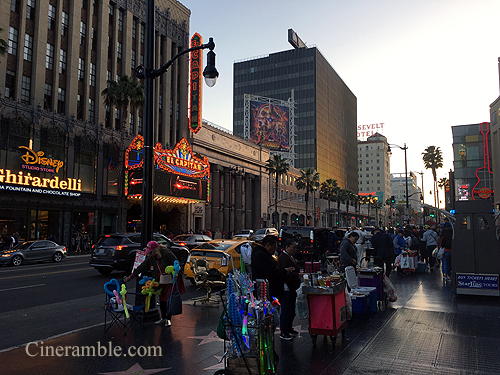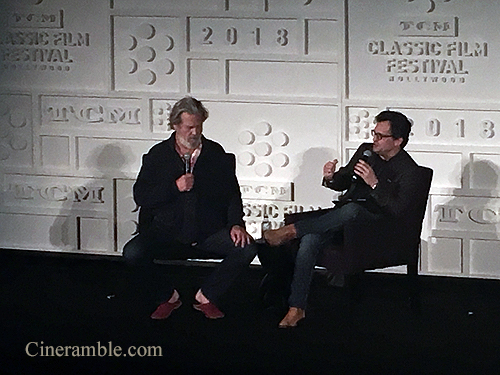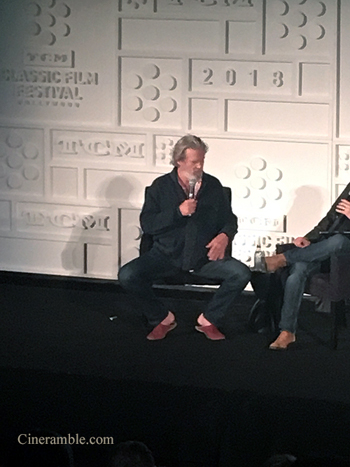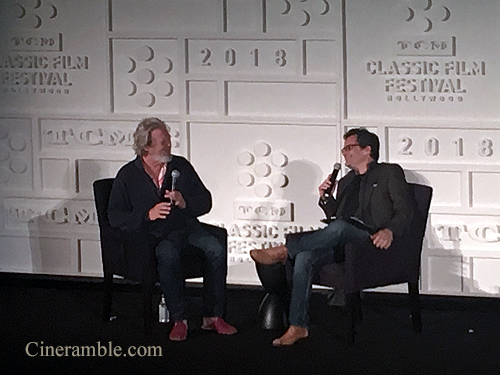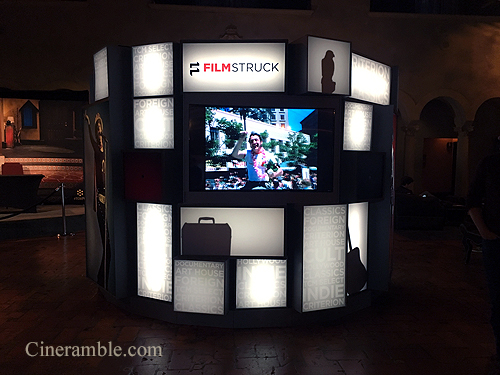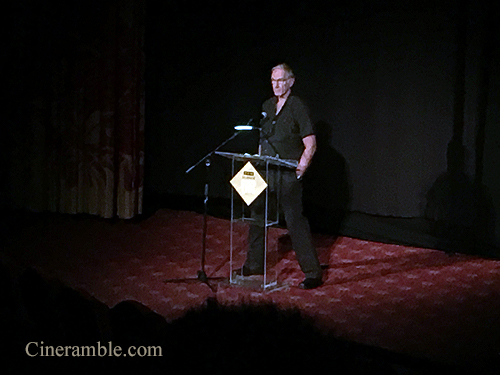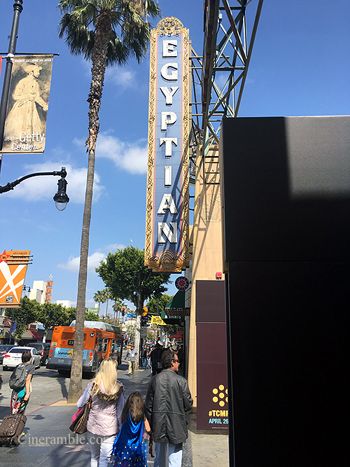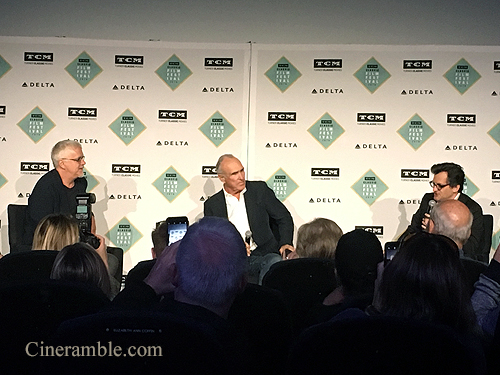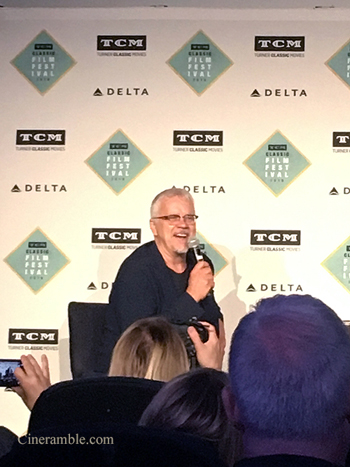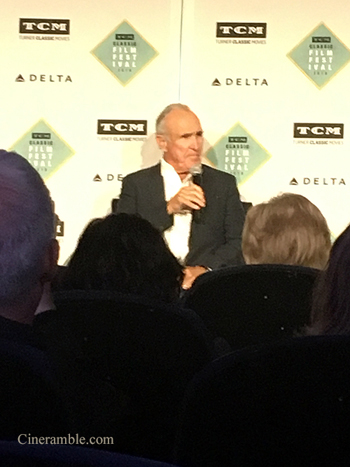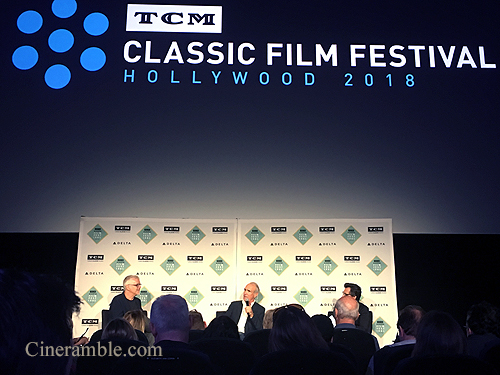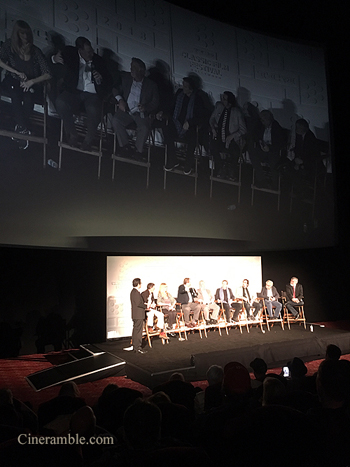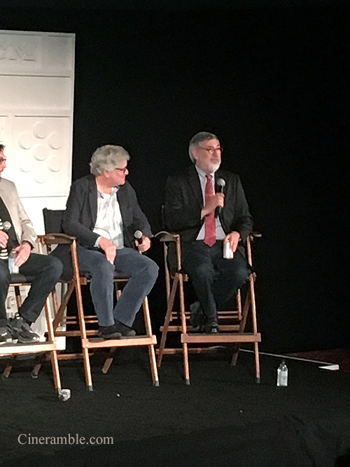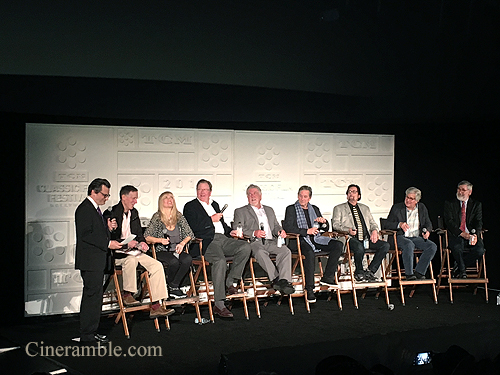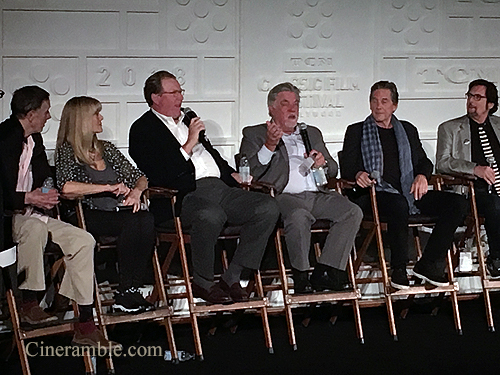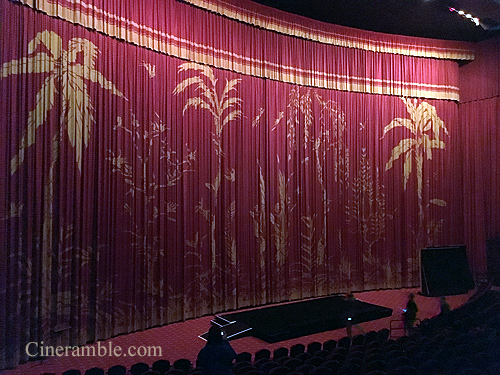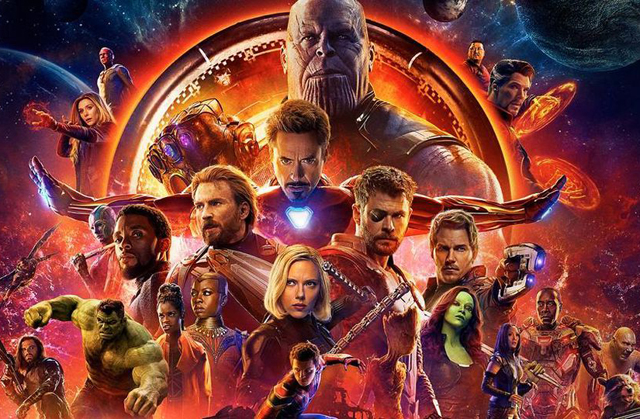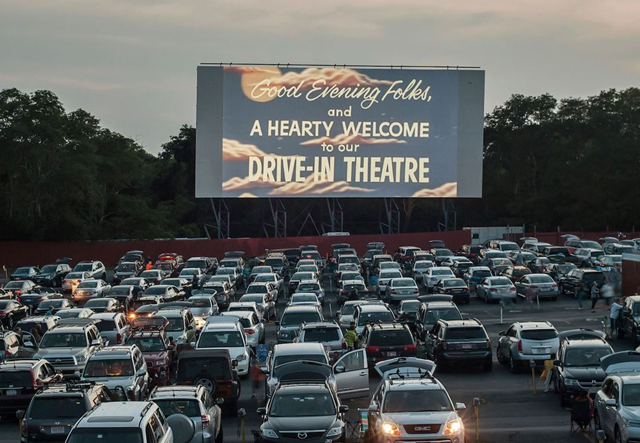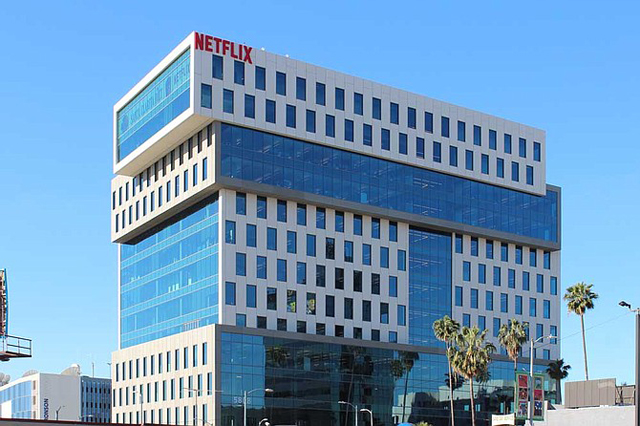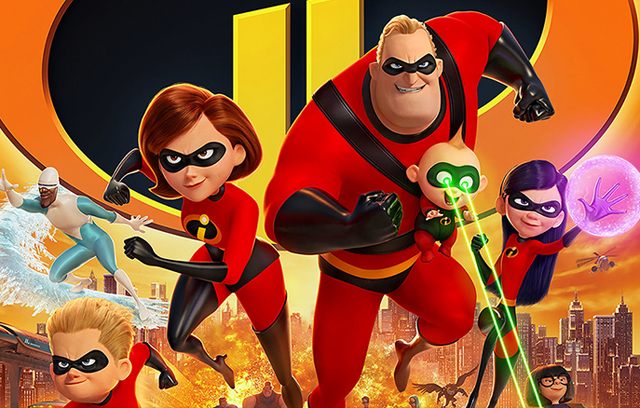
Pixar Studios has come a long way from it’s infancy. Beginning 30 years ago in a small little office in Silicon Valley, with a team that included just a handful of engineers and one out of work animator let go by Disney, the company has steadily grown to become a leading brand in the field of animation. And they have done so not just by being innovative and groundbreaking, but also by putting emphasis on the stories that they tell. The mantra at Pixar is that story comes first with every project they make, and that extends from the feature films, to the short subjects, to even the brief little teaser trailers that they use to announce their films. It’s a formula that has helped them to stay on top for so many years, and that emphasis on story has been a big part of that, because every movie shows the care they take in the developing something that is more than just a short 2 hour diversion. But that same care with story also means that the development period for each film takes much longer. Pixar has gotten to a point where they can now support a work flow that produces a new film every year, but each movie still takes 4-5 years to complete regardless. And this has made one thing less frequent at Pixar than most other animation studios; sequels. Sure, Pixar has gotten around to sequelizing their most beloved films, but it’s a process that takes an extraordinary long time for them. In the 11 years in between Toy Story 2 and 3, we got 4 Shreks. I’ve lost count of how many Ice Ages we are up to now, and it also seems like every year brings us another Minion movie, whether we want it or not. Usually, these other studios like to strike while the iron is hot and capitalize on their properties before audiences loose interest, but Pixar doesn’t play by those rules. They put a lot of faith in their audiences to return after long hiatuses whenever they decide the time is right for a sequel, and it has surprising proven to be a winning strategy for them.
Most recently, Pixar has gotten around to producing sequels to their early 2000’s hits, with the gap between movies growing bigger with each one. Monsters University (2013) followed up Monsters Inc. (2001) after 12 years. We waited 13 years between Finding Nemo (2003) and Finding Dory (2016). And now the biggest gap yet has been closed between their 2004 hit, The Incredibles, and it’s new sequel Incredibles 2. It’s been a 14 year wait, and that presents Pixar with an interesting challenge. When the original Incredibles first debuted, the Super Hero genre was in a much different state than it is today. This was long before Christopher Nolan would elevate the genre with his Dark Knight trilogy and before Marvel would assemble all their forces into a cohesive cinematic universe. Before then, The Incredibles was viewed as the pinnacle of story-telling within the genre, which is ironic since it was also a movie that deconstructed the genre tropes and gave them new meanings. The Super Hero genre more or less has been influenced by Incredibles’ unique narrative, especially with regards to the way it connected super teams with a family unit, and also by how it balances humor with emotional pathos. So, Incredibles 2 now arrives into theaters in a different era where the Super Hero genre that it’s predecessor had a hand in influencing is now the dominant force in the film industry. And the question arises now if Pixar can return to that same level again, even after everything has changed. The big plus is that they have everyone back on board, including director Brad Bird, who returns to animation after a mixed adventure into the world of live action film-making (Mission Impossible: Ghost Protocol and Tomorrowland). One would think that the ever redefining talent that is Brad Bird would stay away from returning to a property that he got so perfect the first time around, but like the mission statement of Pixar says, if it’s a story worth telling than it’s a movie worth making, and Bird must’ve obviously believed that there was more to explore with The Incredibles. But, the question remains, is it one story worth such a long wait?
The movie picks up literally seconds after the close of the original Incredibles. The super villain Underminer (John Ratzenberg) begins to wreck havoc on the city and the undercover super hero Parr family steps into action as their alter egos, The Incredibles. They manage to reduce the damage caused by Underminer’s drilling machine, but it also exposes them to scrutiny from a legal system that unfairly marginalizes people with super powers. Unfortunately, the agency that has been protecting the Parr’s is shutting down, and their friend and ally with it, Rick Dicker (Jonathan Banks) is retiring. With few options left, Bob Parr (Craig T. Nelson) and his wife Helen (Holly Hunter) take up an offer delivered to them by their fellow super hero friend Lucius Best (Samuel L. Jackson) aka Frozone. They agree to accompany him to a meeting with a billionaire investor named Winston Deavor (Bob Odenkirk), who is eager to help improve the public image of supers all over the world and get them back into legal status once again. Though Bob would like to flex his muscle again as the super strong Mr. Incredible, Winston believes that Helen’s Elastigirl is the better poster super for their movement, which leaves Bob on the sidelines for the moment. While Elastigirl goes off to fight crime and promote her cause, takes on a different role as a stay at home dad to their children; Violet (Sarah Vowell), who’s issues with getting attention from a boy she likes is producing some wild mood swings, and Dash (Huck Milner) whose super speed makes him difficult to tame. And then of course their is the baby, Jack-Jack, whose random powers are just now manifesting themselves. Alongside the help of Frozone, fashion designer Edna Mode (Brad Bird), and Winston’s tech savvy sister Evelyn Deavor (Cathrine Keener), the Parr family tries their best to adapt to their new lives both privately and publicly, made all the more difficult when faced with am ominous new supervillain named the Screenslaver.
I think the clever trick that Brad Bird plays with this movie is that he deals with the 14 year gap between movies by showing no gap at all in the narrative of this story. Incredibles 2 really is like a second part to an on-going adventure for this clan of Super Heroes, and thematically it sticks very closely to the same issues that were dealt with in the first movie. Those thing in particular are what makes this a very entertaining movie overall. Incredibles 2, much like the original, does an exceptional job of capturing family drama and framing it within the context of a world with super heroes. At the same time, it does flip around the structure by having Mr. Incredible be the one staying home and watching the kids, which helps to keep it fresh and distinguishable. Much of the movie’s heart rests in what I would call “Mr. Incredible’s Adventures in Parenting” and how he both finds himself way in over his head sometimes, while also still devoted. You can tell that Brad Bird and much of his production team drew from their own experiences of parenting for these scenes, and they are both heartwarming and hilarious due to their complete honesty. Some of the biggest laughs especially come from how he deals with Jack-Jack’s completely random super powers, which often result from the impulsiveness you’d expect from an infant. A disheveled, sleepless Bob Parr coaxing Jack-Jack out of a different dimension with a cookie is easily one of the best character moments overall. At the same time, Bird never forgets that he is also making a genre flick as well, and even after 14 years, he still finds clever ways to stage and execute some stand out action sequences, and make great use of the different character’s powers. Even as the Super Hero genre has upped it’s game, Incredibles 2 still delivers surprises that help to turn this type of story on it’s head.
But, I also have to say that it does fall slightly short of it’s predecessor as an overall experience. For one thing, it does lack the novelty that the original film enjoyed. This is mostly forgivable since most sequels usually suffer from this aspect. It’s not terribly re-inventive of the series, because it doesn’t have to be. It’s a perfectly, well-executed plateau, keeping the story on solid ground but not hitting new heights either, except for maybe one or two stand out scenes. The movie’s one big failing, however, is the lack of any meaningful threat. The new villain, Screenslaver, is pretty weak both in concept and execution, and once it’s revealed who is behind the bug-eyed mask, it’s about as cliched a choice as you’d expect. This is unfortunate after the excellent threat that the Incredible family faced in the first film; the maniacal Syndrome (voiced by Jason Lee). Sure, Syndrome was a bit corny, but he perfectly matched the story of the first film, and his plot made sense in the context of what Mr. Incredible and his family were trying to fight for. He was also darkly sinister in a vivid way, going as far to invade the Parr family home and attempt to kidnap Baby Jack-Jack. Once it’s revealed who Screenslaver is, all the menace leaves the character all at once, and in the process, the momentum to the story slows as well. The third act of the movie sadly feels rushed and unsatisfactory as a result, which is in stark contrast to the thrilling final battle in the original where they battled Syndrome’s giant robot. Instead, the movie ends with the Incredibles trying to stop a boat from crashing, which is kind of a step down in terms of stakes that matter. It’s not a terrible ending, and by no means ruins the movie as a whole, but you kind of wish the film had kept the energy up all the way to the end, instead of just taking the good enough route.
But there is one thing that really elevates the movie from beginning to end, and that’s the quality of the animation. The original Incredibles was a tour de force for it’s time, and groundbreaking especially when it came to the animation of human characters (something which at that point had been a struggle for computer animation). Fourteen years of innovation later and you can instantly see the improvements made to the medium during all that time in the smallest of details. I for one marveled at the subtlety that the animators put into the performances of these digital characters. Their movements feel so natural and like real life, which helps to make Incredibles stand out amongst so many other less-subtle animated features out there, including ones made by Pixar. Skin detail is also greatly improved. While the original skin structure on the character models were passable in the original, they do make the characters look more plastic-y compared to what’s capable with computer textures now. Here we get realistic face tones to each character, with tiny details like stubble on Mr. Incredible’s chin or freckles on Dash’s cheeks added in a very realistic way. In addition to the improved textures on the character models, the movie also expands on the visual motifs of the original film, and makes them even grander. The original’s early 60’s pastiche is continued here, and brought out magnificently in the set designs. The new family home is especially eye catching, especially when it becomes the staging area for some standout action sequences. There is battle between Jack-Jack and a raccoon in the family’s back yard which is way more epic that you would ever dream, and it’s probably the best example yet of Brad Bird playing to maximum level with the toys that he’s created. Without a doubt, Incredibles 2 holds up visually to the high standards of the original, and in many ways surpasses them.
I also loved the fact that they brought back most of the original cast for this sequel. It gives the movie a strong sense of continuity that helps to sell the fact that no time has passed for these characters between films. Of course they had to recast Dash with a new actor, as the original voice Spencer Fox is probably in college now, and newcomer Huck Milner does a great job of picking up where he left off. Craig T. Nelson and Holly Hunter once again shine in their respective roles, and it’s incredible how well their chemistry works in this movie, noting the fact that neither actor recorded their lines together. I especially love the way Craig T. Nelson builds up the frustration in the character over the course of the movie, and Bob Parr’s rant after he’s reached his wits end is a definite highlight of the movie. Samuel L. Jackson also lends his usual smooth gravitas to his brief moments as Frozone, a character who is still just as cool as his name sounds, and though she makes only the briefest of appearances, Edna Mode once again steals the movie, with director Brad Bird delivering a wonderfully hammy performance. Newcomers are also very welcome in this movie. Breaking Bad’s Jonathan Banks does a wonderful job stepping in to fill the shoes of the late Bud Luckey as Rick Dicker. And speaking of Breaking Bad alum, Bob Odenkirk also steps into this world quite effectively as the smooth talking Winston Deavor, and is balanced very well by the very nuanced voice work of Cathrine Keener as Evelyn Deavor. I also do love the fact that no character feels short-changed either in this movie. There is enough time devoted to each character’s development, even the new ones. And no story-lines are repeated from the first movie, nor are any gags, which shows that Brad Bird clearly put in the work to make a sequel that didn’t feel like it needed to be held up by what came before it. This is why a movie like this benefits from a decade-plus long gap, because it makes it less reliant on repeating the past, and instead able to establish it’s own identity while still working with familiar parts.
On the whole, this is easily one of the best sequels to ever come out of Pixar Studios. I would grade it above Finding Dory and Monsters Unviersity, as well as light-years above any of the Cars sequels. But, it falls a little short of say the Toy Story sequels, which are still Pixar at it’s absolute best. Incredibles 2 does a lot of things right, and certainly wins many points for not relying on typical sequel tropes like repeated gags and sideways plot development. Unfortunately it suffers from a third act that loses a lot of steam towards the end, and also from the lack of a serious villain. That’s what keeps it slightly below the original too, even despite the very clear upgrade that it enjoys in the visual department. But, those misgivings are still not enough to derail the film entirely. It’s still a great movie experience, and if you loved the original, you will not be disappointed by this movie at all. It’s great to see Brad Bird return to form in the medium of film-making that turned him into a household name. I hope that he continues to bring more creativity to realm of animation, but if this is just a brief exercise before he dives back into live action, my hope is that he uses this a worthwhile recharge. One thing that I would recommend to any of you planning to see this soon is to find the biggest screen possible. I watched this in IMAX (a first for me with a Pixar film) and it’s a movie definitely deserving of the big screen treatment. There are action sequences here that among the most epic that Pixar has ever staged, and it’s well worth seeking out the right theater for the maximum experience. So while not a perfect sequel, it is nevertheless a more than passable one, and one that compliments the original and does it justice. For lack of a better word, it is simply “incredible” how well Pixar manages to keep their momentum going with their many franchise, even after nearly a generation between movies. It shows that they take story development seriously, and they put a lot of trust in us the audience to keep waiting. As long as the end results don’t disappoint, they can take as long as they want to make these movies, and with Pixar, we at least know that all their efforts are going to be nothing short of “Super.”
Rating: 8.5/10
